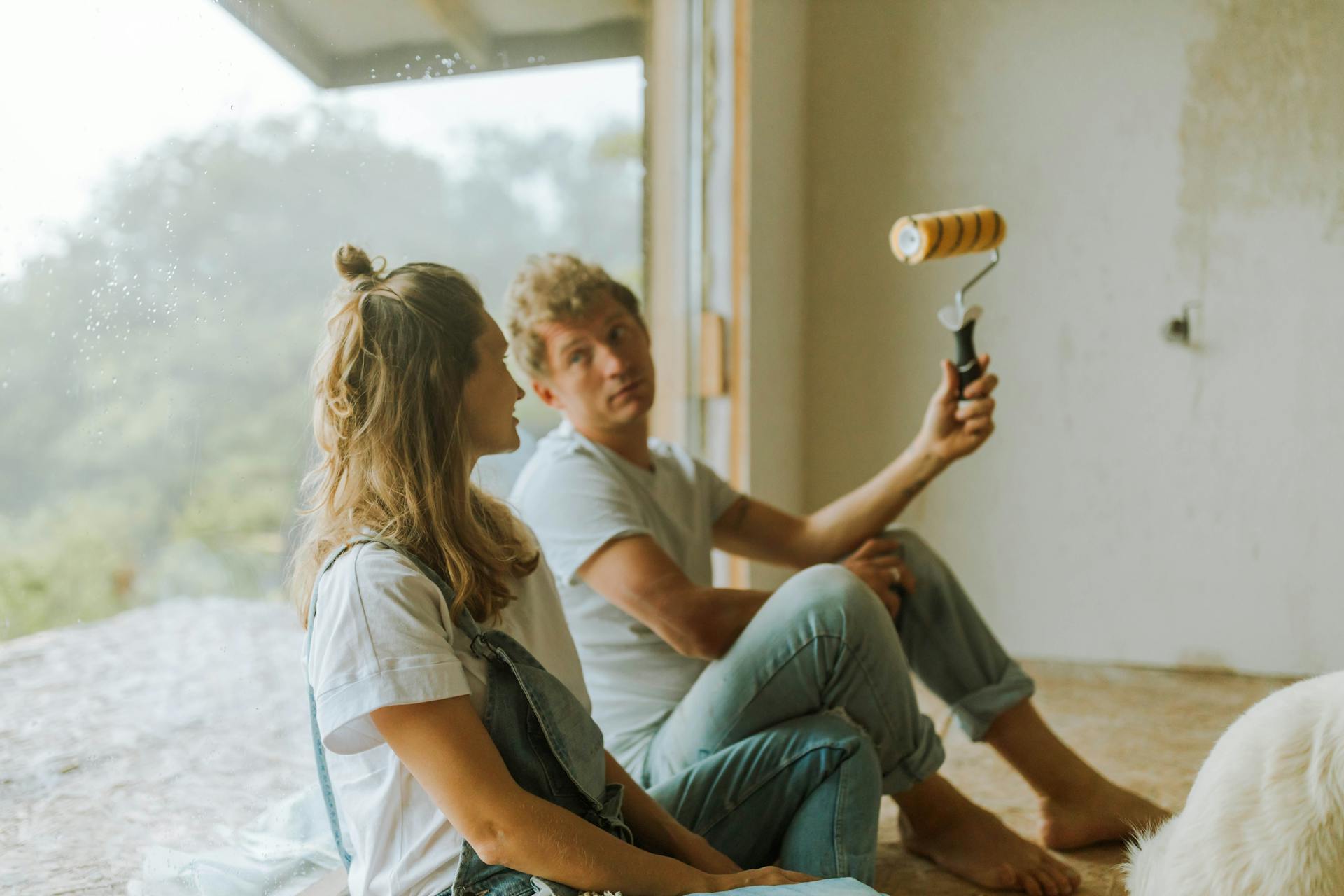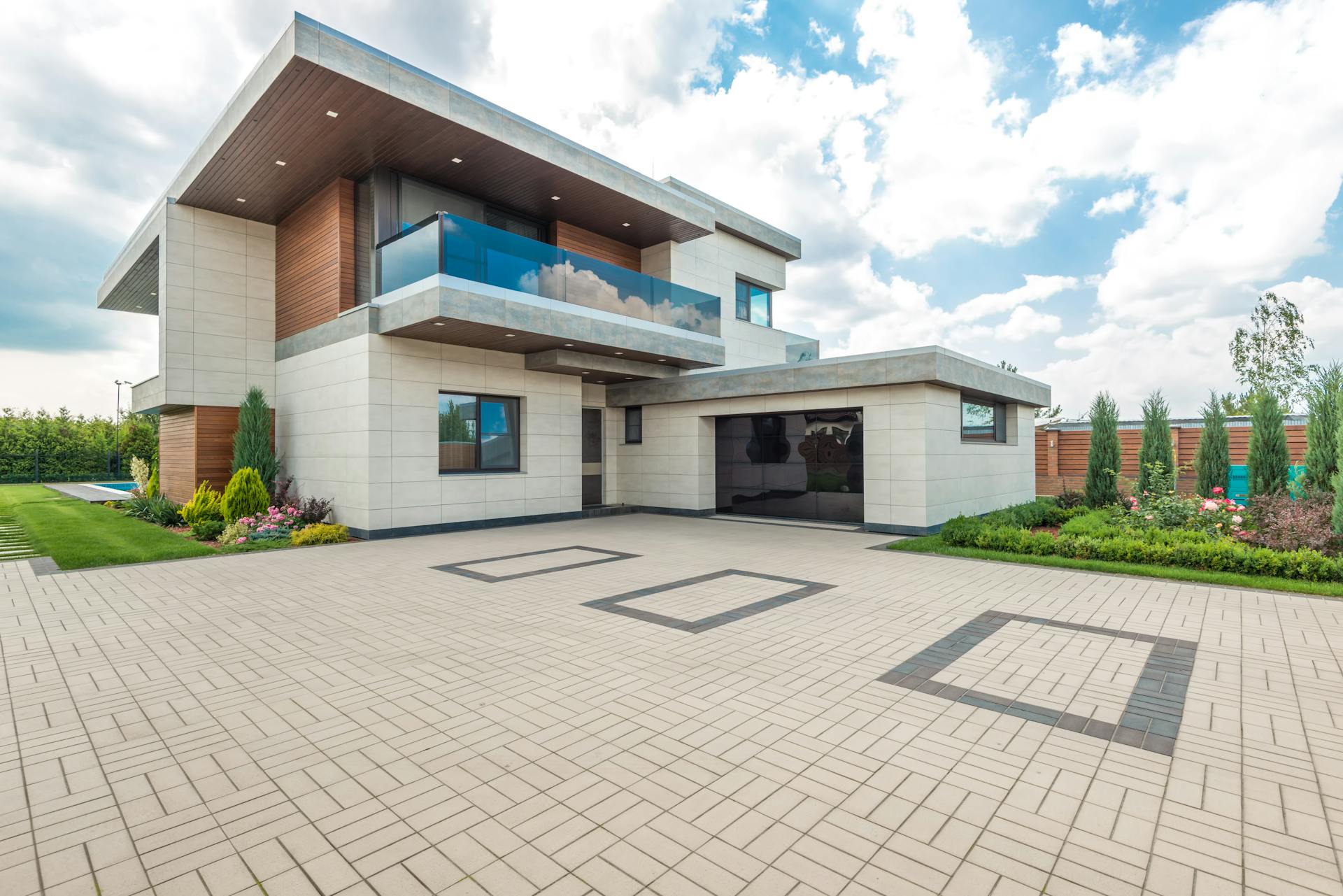
Flipping houses can be a profitable venture, but it requires careful planning and execution. According to recent data, the average profit per flip is around $68,000.
You'll need to factor in renovation costs, which can range from 10% to 30% of the purchase price. For example, if you buy a house for $100,000, you'll need to budget at least $10,000 to $30,000 for repairs.
With the right strategy and market knowledge, it's possible to flip a house in as little as 30 days. However, this requires a high level of expertise and a strong network of contractors and suppliers.
To give you a better idea of the potential returns, let's consider a few case studies. One successful flipper reported making a $50,000 profit on a house that was purchased for $150,000.
For your interest: How Much Money Do You Need to Start Flipping Houses
Getting Started
The 70% rule is a crucial concept to understand when flipping houses. It states that an investor should pay no more than 70% of the after-repair value (ARV) of a property less any repairs that are needed.
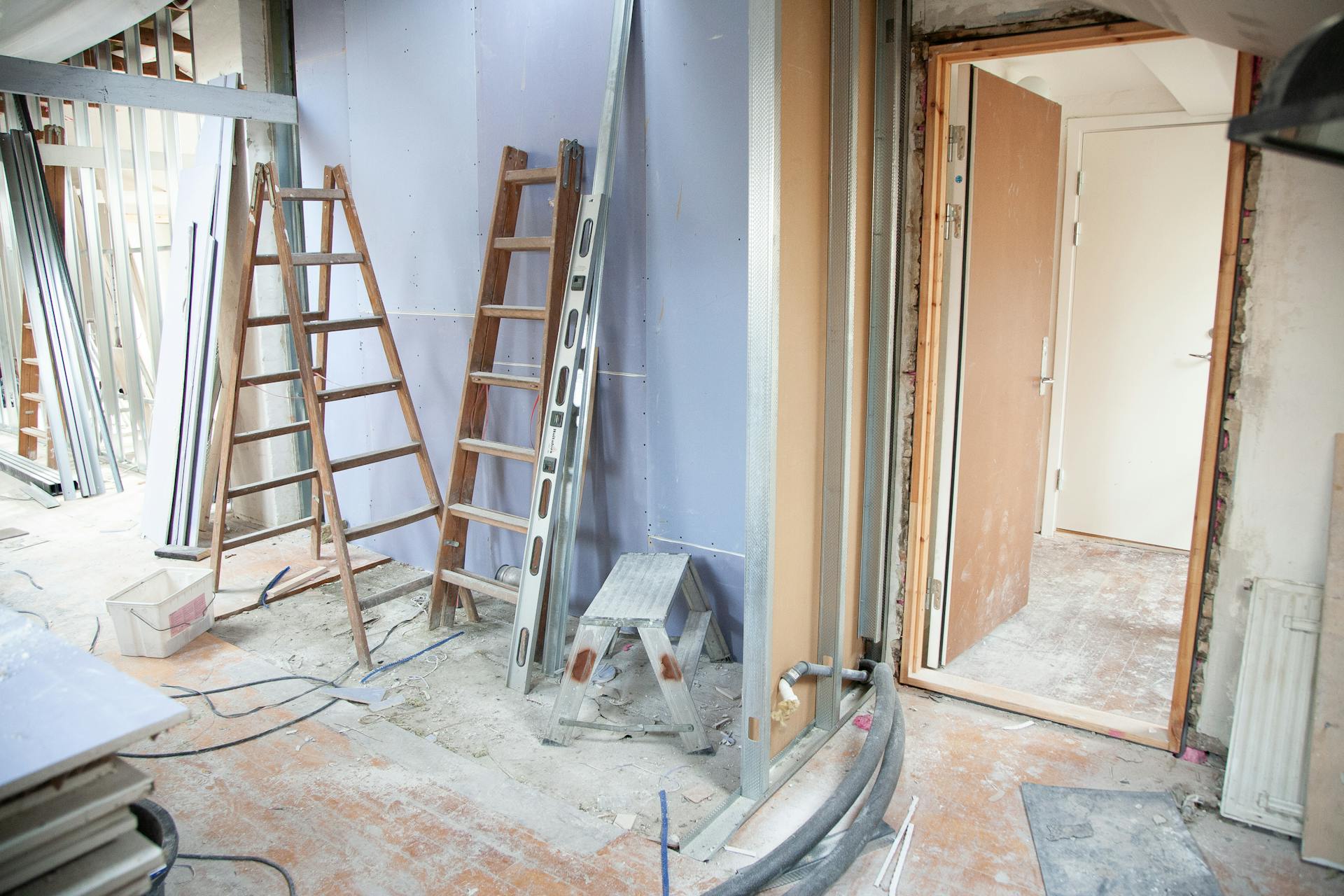
To calculate this, you need to know the ARV of the property and the cost of repairs. For example, if a home's ARV is $150,000 and it needs $25,000 in repairs, then the 70% rule means that an investor should pay no more than $80,000 for the home: $150,000 × 0.70 = $105,000 - $25,000 = $80,000.
Flipping houses requires careful planning, patience, and a realistic understanding of the costs involved. It's essential to research and understand the local market, as well as the costs of repairs and renovations, to ensure a successful flip.
Broaden your view: Mobile Home Flipping
#1 Educate Yourself:
Educating yourself is the first step to successfully flipping houses. Start by reading books, attending seminars or workshops, and exploring online resources to learn about the process, market analysis, renovation strategies, financing options, and legal considerations.
To get started, understand that house flipping is a business that requires time, money, planning, patience, skill, and effort. It's not a get-rich-quick scheme, and it's essential to be realistic about the challenges involved.
You can find valuable information online, such as real estate websites, forums, and social media groups. These platforms can provide insights, tips, and potential property leads shared by other investors or industry professionals.
To educate yourself, focus on the following topics:
- Real estate investing and house flipping
- Market analysis and trends
- Renovation strategies and cost management
- Financing options and legal considerations
- Local market conditions and regulations
Some recommended resources include:
- Online real estate websites and marketplaces (such as Zillow, Redfin, Realtor, and Trulia)
- Real estate books and guides
- Seminars and workshops on real estate investing and house flipping
- Online forums and social media groups dedicated to real estate investing
By educating yourself and staying informed, you'll be better equipped to navigate the process of house flipping and make informed decisions about your investments.
#9 Market and Sell
Once the renovations are complete, it's time to develop a marketing strategy to attract potential buyers. Utilize online listings, professional photography, staging, and open houses to showcase the property's features.
The state of the real estate market plays a significant role in house flipping profitability. In a strong seller's market with high demand and limited inventory, there may be opportunities to sell properties quickly and at higher prices.
Set an appropriate sale price based on market analysis to increase the chances of selling the property quickly. This involves assessing the local market accurately and setting a competitive price.
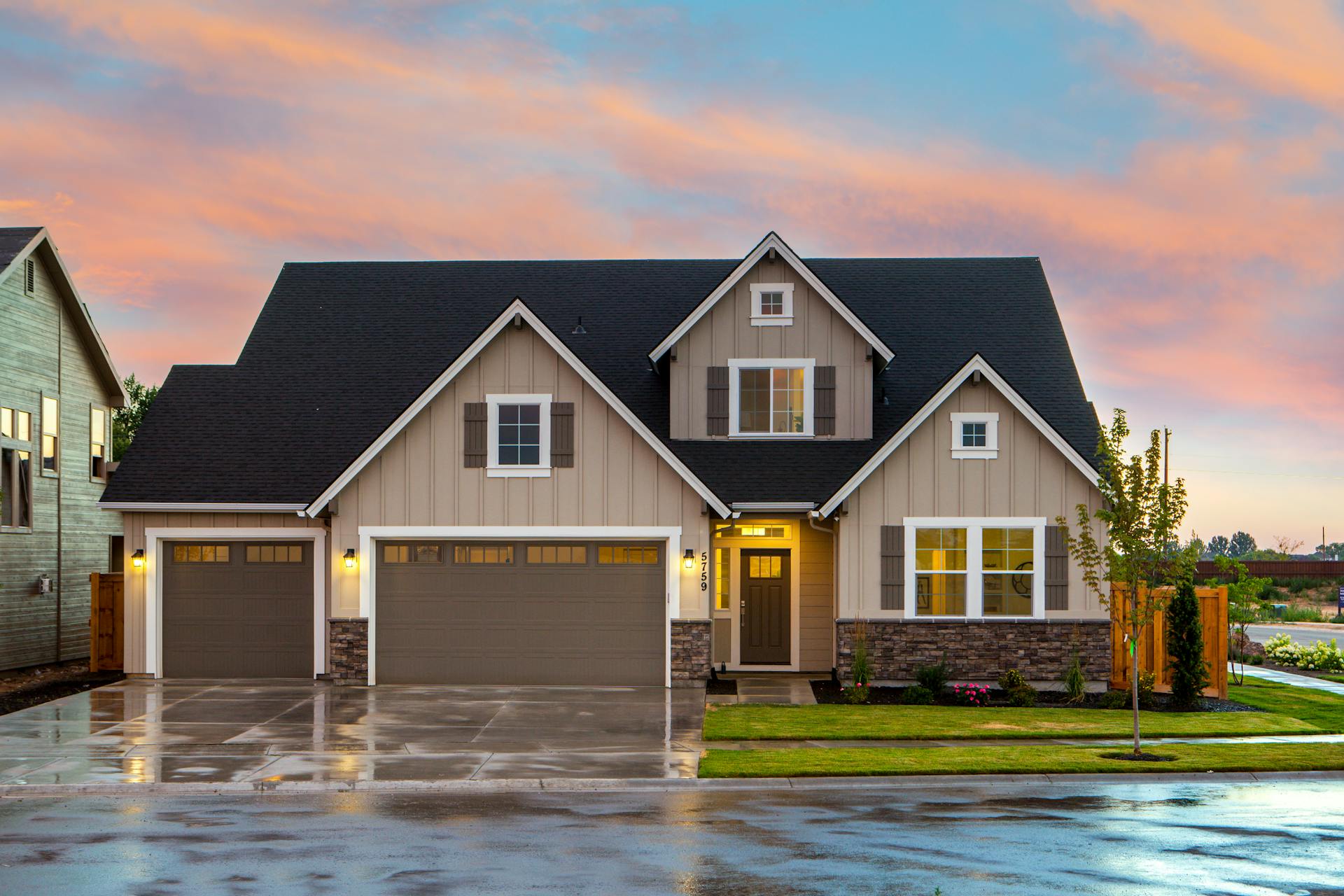
Decide whether or not to work with a real estate agent to help sell the property. Consider their expertise and the potential commission fees involved in the decision.
In a buyer's market with more inventory and lower demand, it can be harder to sell properties and achieve desired profit margins. This highlights the importance of understanding market conditions before flipping a house.
The sale price of the flipped property is a significant factor in determining profitability. Overpricing the property or encountering difficulties in finding buyers can impact profitability.
Expand your knowledge: Calculate the Profitability Index
Understanding the Process
The key to flipping a house is to buy low and sell high. This strategy involves purchasing a property with the intention of selling it for a profit, rather than using it as a residence.
To minimize risk, focus on speed rather than maximum profit. Each day costs you more money in mortgage, utilities, property taxes, insurance, and other costs associated with homeownership.
Timing is everything in real estate, and investors who flip properties often rely on price appreciation in a hot market or capital improvements to make a profit.
How Works
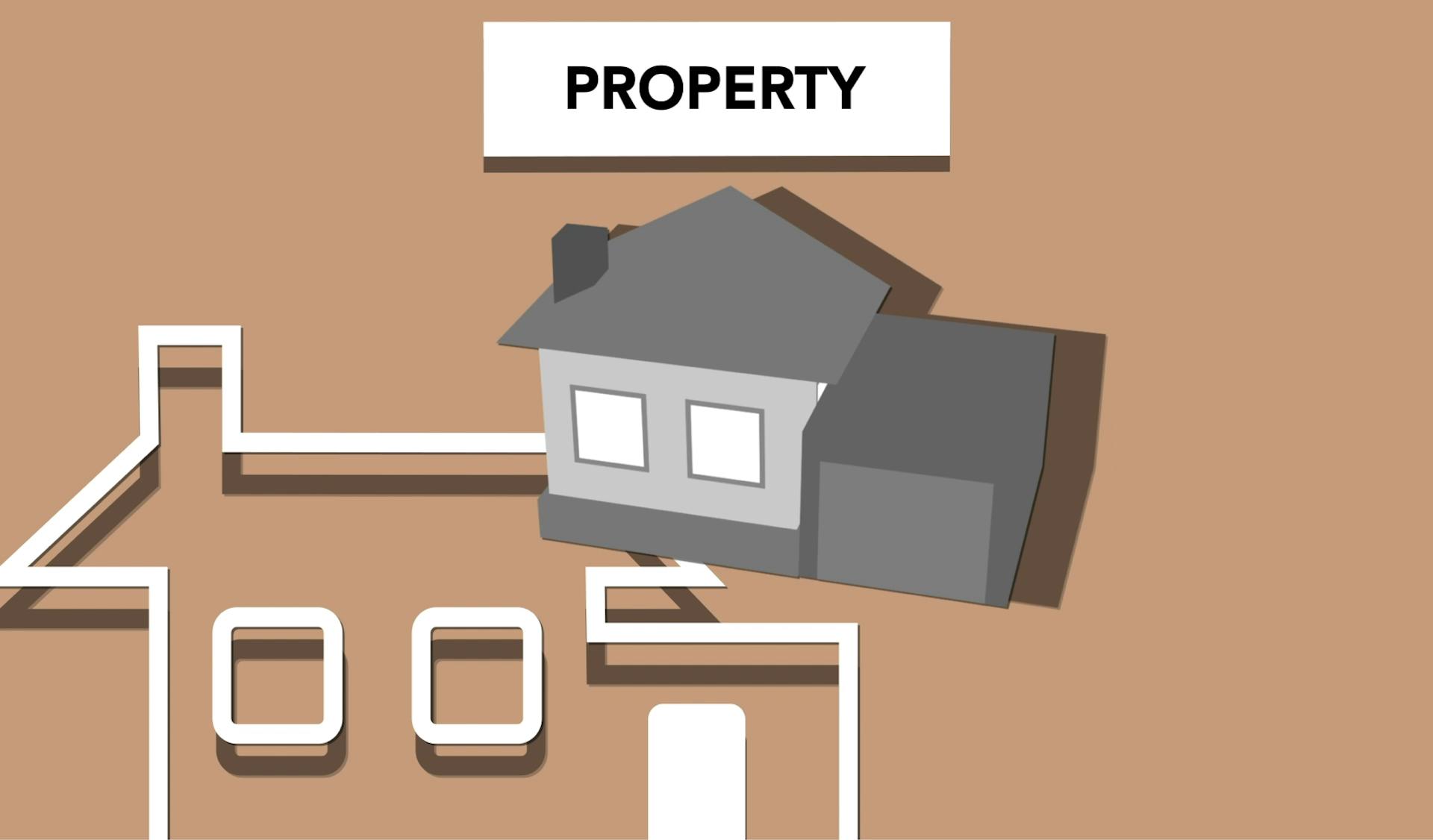
To flip a house, the key is to buy low and sell high. This strategy is all about speed, not maximum profit. Each day costs you more money in mortgage, utilities, property taxes, insurance, and other costs associated with homeownership.
The focus should be on completing the transaction as quickly as possible to limit the time your capital is at risk. This is especially important in a hot real estate market where prices are rising rapidly.
Flipping a house often involves making capital improvements to the property to increase its value. For example, an investor might purchase a fixer-upper, make substantial renovations, and then offer it at a higher price.
Discover more: Pmb Capital Investments
Misconceptions
House flipping is often surrounded by misconceptions that can hold beginners back from exploring its potential. Many people assume that flipping houses requires a full-time commitment, but it's possible to start on a part-time basis.
The key is to build a solid team you can rely on when you're not available. This team might include a trustworthy contractor, a real estate agent with investment property experience, and a real estate attorney.
Proper planning, clear scheduling, and effective delegation are essential to adapting flipping houses to fit within a part-time schedule.
Discover more: Is Now a Good Time to Invest in Reits
Not Enough Knowledge
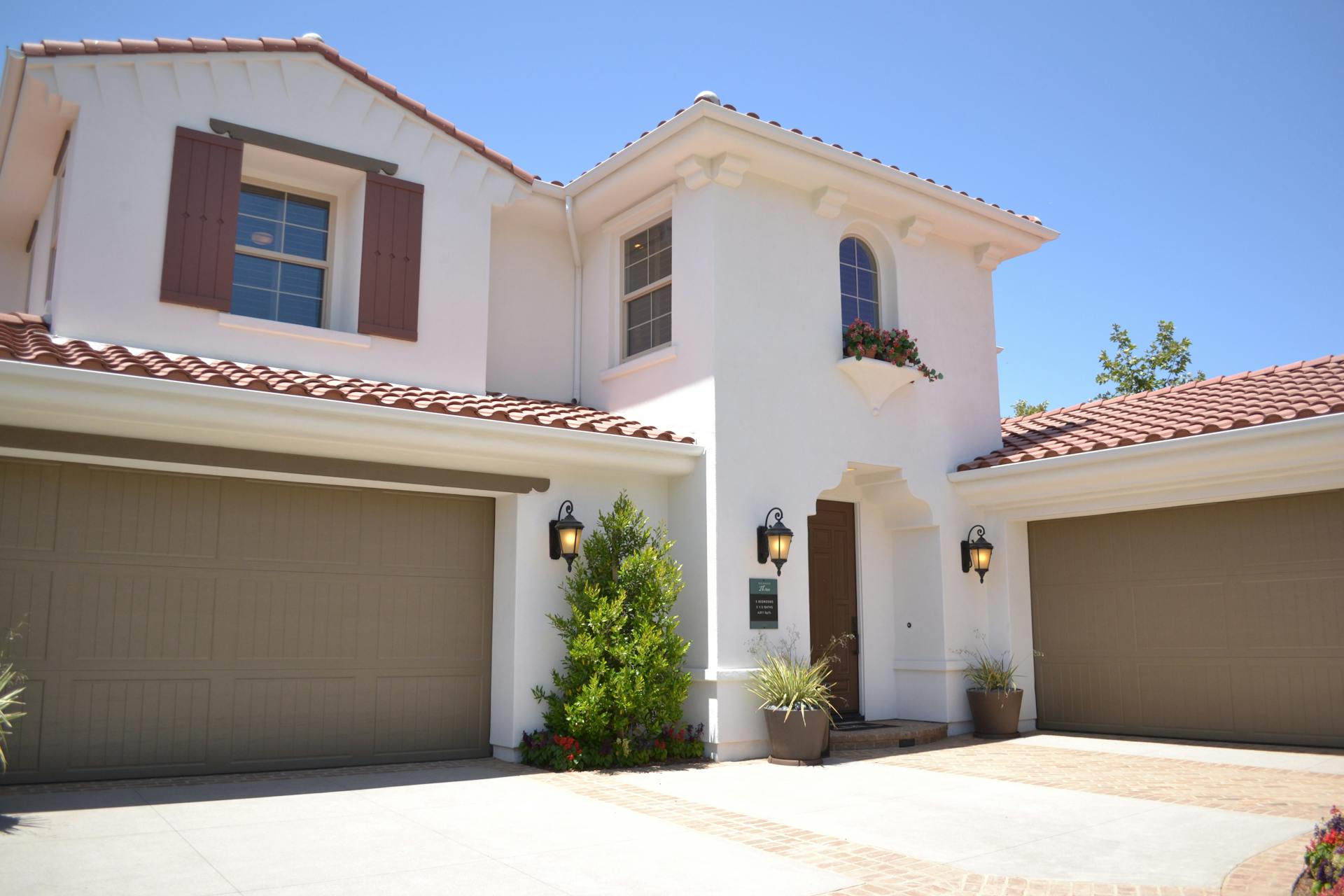
Lack of knowledge can be a major obstacle in real estate investing. You can't expect to buy a house for $60,000 and sell it for $200,000 in a neighborhood of $100,000 homes.
The housing market is far too efficient for that to occur regularly. You need to understand the local market dynamics to make informed decisions.
Knowing which renovations to make and which to skip is crucial. Even a deal of a lifetime, like snapping up a house in foreclosure, requires careful consideration.
You also need to be aware of the applicable tax laws and zoning laws. Cutting your losses and getting out before a project becomes a money pit is often the best course of action.
Pros and Cons
Flipping houses can be a profitable venture, but it's essential to consider the pros and cons before diving in.
The potential for big profits is one of the main advantages of house flipping. According to ATTOM, the typical gross profit for a house flip in the first quarter of 2024 was $72,375.
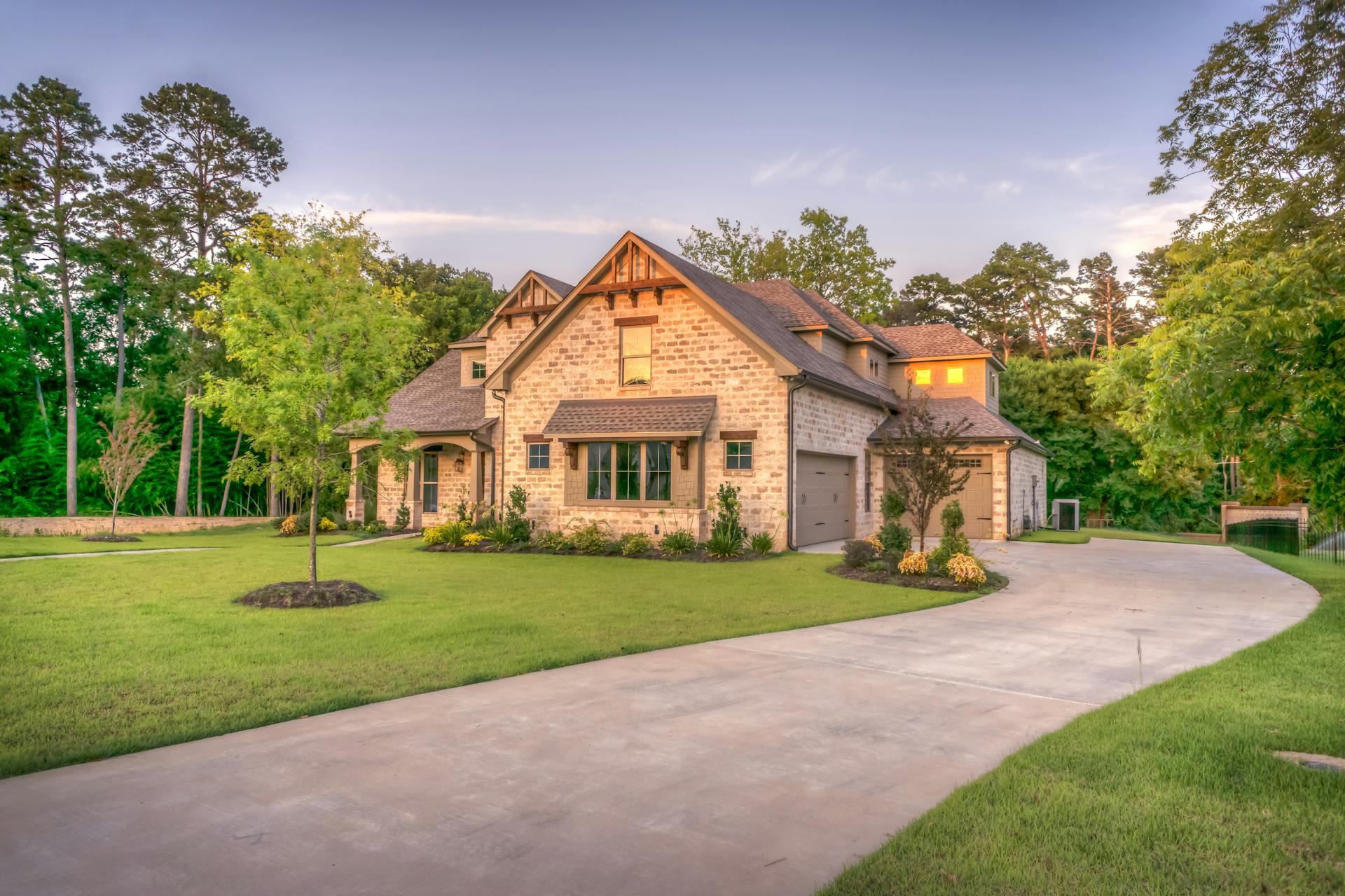
Investing in different types of assets is a good way to reduce risk, and real estate is one of the most popular long-term investments. Flipping properties allows you to cash in on those investments and diversify your holdings.
Improving neighborhoods is another benefit of house flipping. By renovating and selling properties, flippers can contribute to stabilizing and improving neighborhoods, increasing investment property values in the area.
However, there are significant risks involved in house flipping. Financial risk is a major concern, as unexpected construction costs, delays, and fluctuating real estate markets can all impact profitability.
Time and effort are also essential considerations when flipping houses. You must conduct thorough research, find suitable properties, coordinate renovations, manage contractors, and oversee the selling process, which can be a demanding and time-consuming endeavor.
Here are some of the key pros and cons of house flipping:
- Potential for big profits: $72,375 in gross profit (ATTOM, 2024)
- Improving neighborhoods: Flippers can contribute to stabilizing and improving neighborhoods
- Diversify your investments: Real estate is a popular long-term investment
- Active income: Flipping houses can provide an active source of income
- Valuable experience: Each flip can sharpen your real estate and renovation knowledge
- Financial risk: Unexpected construction costs, delays, and fluctuating real estate markets can impact profitability
- Time and effort: Flipping houses requires significant time and effort
- Market volatility: Real estate markets can be volatile, and there is a level of uncertainty associated with timing the sale of a flipped property
- Reno challenges: Renovating properties can present unforeseen challenges, such as structural issues and permit delays
Ultimately, whether or not house flipping is profitable depends on various factors, including your research, planning, and execution.
Financial Considerations
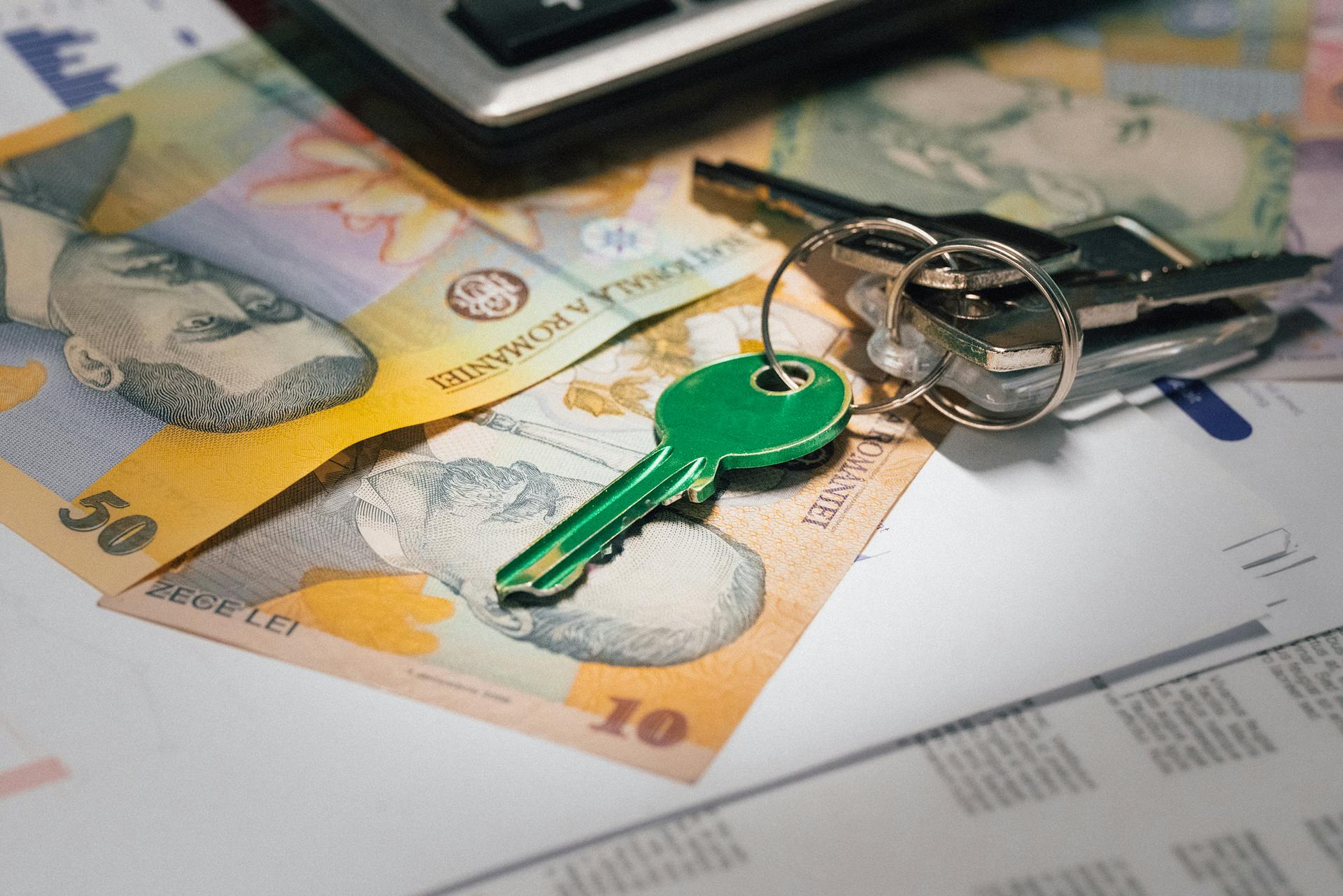
Flipping houses can be a profitable venture, but it's essential to consider the financial implications. You'll need to plan for the best, but assume the worst – that you won't be able to sell for the price you want, and will have to hold the property.
A good credit score can open doors for financing options, but it's not the only factor lenders consider. Hard money lenders, for instance, care more about the property's value and potential profit. And, partnering with someone who has strong credit can also be a viable strategy.
Research your financing options carefully, considering traditional financing, private lenders, crowdsourcing, or personal funding. Compare interest rates and loan terms to make the best choice. You'll also need to factor in holding costs, such as mortgage payments, property taxes, insurance, and utilities.
To give you a better idea, here are some estimated costs to consider:
It's also worth noting that even if you manage to overcome the financial hurdles of flipping a house, you'll still need to pay capital gains taxes, which will chip away at your profit.
Need Good Credit

Good credit certainly opens many doors in terms of financing options, but it's not the be-all and end-all for flipping houses. Hard money lenders, for instance, are more concerned with the value of the property you're flipping and the potential profit of the deal rather than your credit score.
Having good credit can make it easier to secure financing, but it's not a requirement. You can still flip houses with a low credit score, and there are even credit repair services and financial advisors who can help you improve your credit score.
In fact, partnering with someone who has strong credit can be a viable strategy. This way, you can pool your resources and expertise to secure funding.
It's also worth noting that many successful house flippers start with minimal personal investment and leverage creative financing options.
Consider reading: Are Reits a Good Investment in 2024
Not Enough Money
Not Enough Money is a significant hurdle in flipping a house. The acquisition cost is just the beginning, and financing options can add to your expenses.
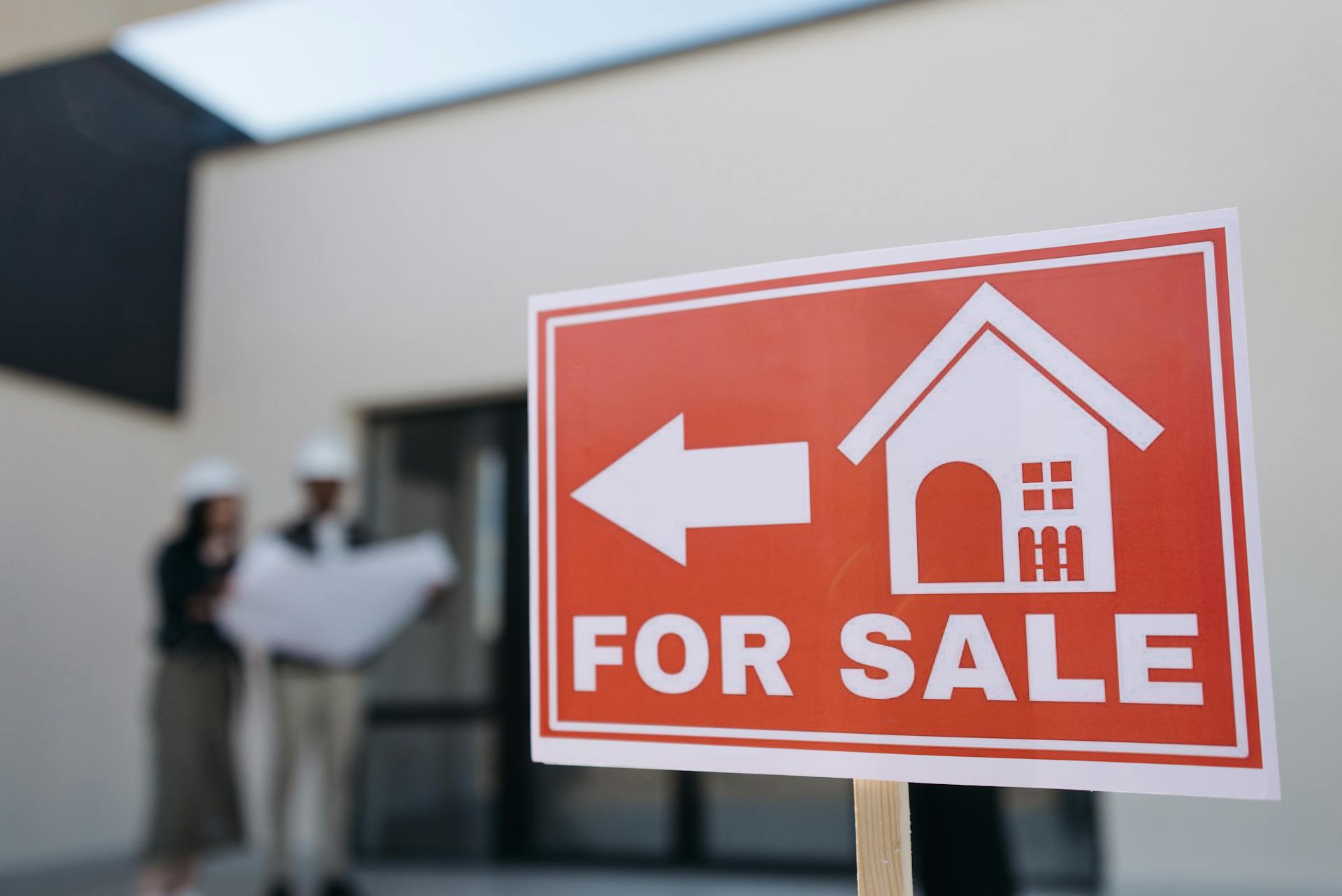
Every dollar spent on interest adds to the amount you'll need to earn on the sale just to break even. The Tax Cuts and Jobs Act (TCJA) may have changed some tax rules, but it's still not a 100% deduction for interest payments.
If you use a mortgage or home equity line of credit (HELOC) to finance the purchase, only the interest is deductible. The principal, taxes, and insurance portions of your payment are not.
Researching your financing options and using a mortgage calculator can help you compare rates from various lenders. This can save you money in interest payments over time.
Paying cash eliminates the cost of interest, but even then, there are holding costs and opportunity costs for tying up your cash. These costs can add up quickly and eat into your profits.
Flippers are earning less than before, with a gross profit of around $67,900 per property in 2022, a 3% decrease from 2021. This means you'll need to be more careful with your finances to make a profit.
Here's a rough breakdown of the costs you'll need to consider:
- Acquisition cost
- Renovation costs
- Holding costs (real estate taxes, utilities, and other carrying costs)
- Capital gains taxes
These costs can cut your profit by around two-thirds, so you'll need to carefully plan your finances to make a profit.
Monitor Your Costs
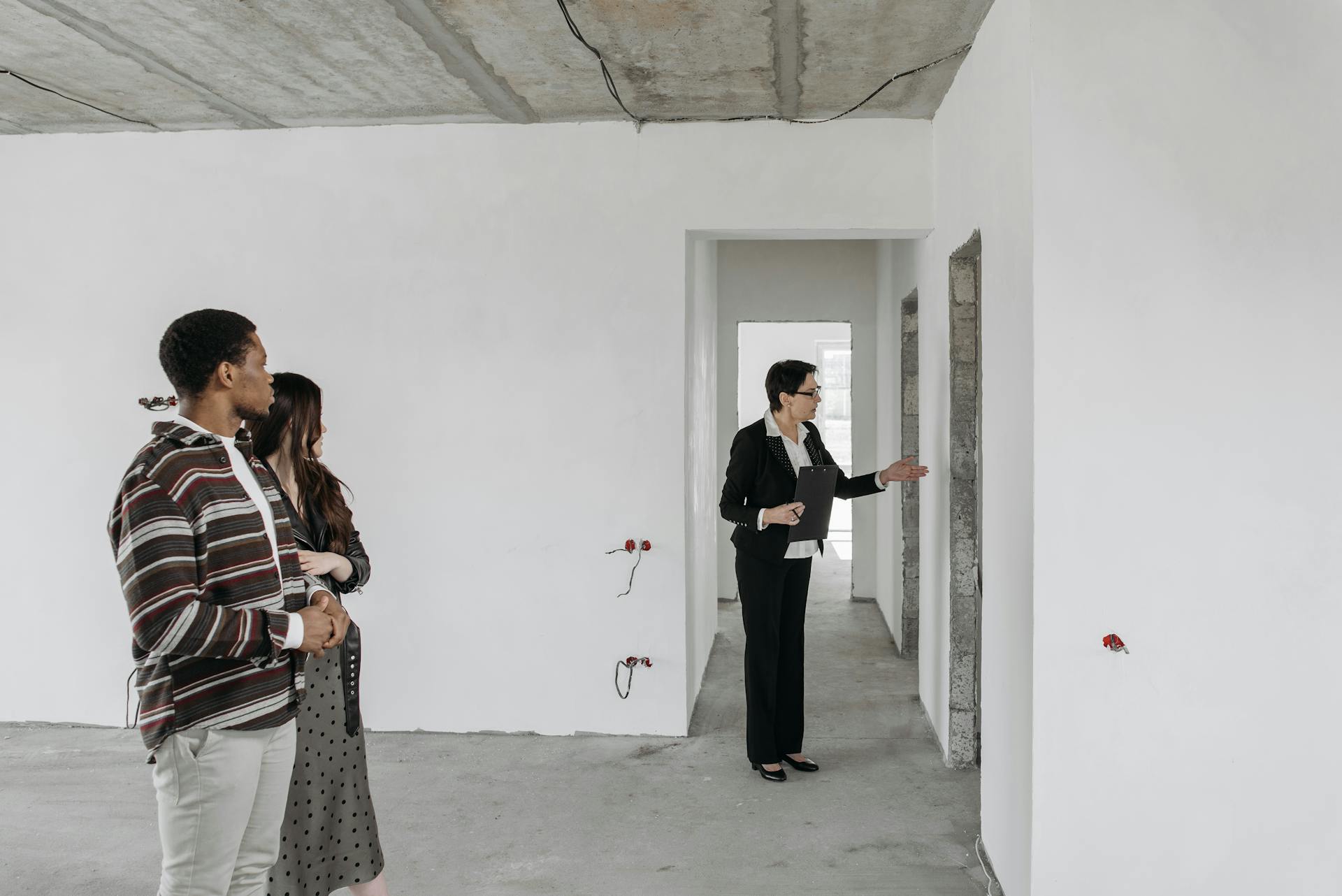
Monitoring your costs is crucial when flipping houses. It's essential to keep a close eye on your expenses, as they can quickly add up and eat into your profits.
You can minimize holding costs by doing some of the work yourself, but be careful not to slow down the project. The cost of renovations and repairs is a critical factor in determining profitability, and unexpected costs can be devastating.
According to Example 7, holding costs typically include mortgage payments, property taxes, insurance, and utilities. These expenses can cut your profit by around two-thirds, so it's essential to minimize them.
Here's a rough breakdown of the costs you can expect to incur:
Renovation costs can be a major factor in determining profitability, and it's essential to have a solid understanding of the applicable tax laws and zoning laws. This will help you avoid costly mistakes and ensure that your project stays on track.
Remember, every dollar spent on interest adds to the amount you'll need to earn on the sale just to break even. So, it's essential to carefully consider your financing options and choose the best product for your needs.
Property Selection and Renovation

To succeed in flipping houses, you need to find the right properties. Search for properties that align with your investment criteria, exploring multiple channels like online listings, real estate agents, auctions, foreclosure databases, and direct marketing.
Properties in less desirable condition but in good locations typically make good candidates for house flipping. These homes can usually be bought at lower prices, renovated, and then sold to potential homeowners looking for move-in-ready homes in good neighborhoods.
Accurate budgeting and cost management are necessary to prevent renovation expenses from exceeding the potential increase in property value. Unexpected costs or oversights can eat into profits.
Identifying undervalued properties, negotiating effectively, and conducting thorough due diligence are essential to acquiring properties with good potential for appreciation. Buying properties at a favorable price is crucial for profitability.
Worth a look: Is It a Good Time to Invest in Reits
# Develop a Business Plan
Developing a business plan is crucial to the success of your property flipping venture. It's a detailed outline that helps you stay focused and organized throughout the process.
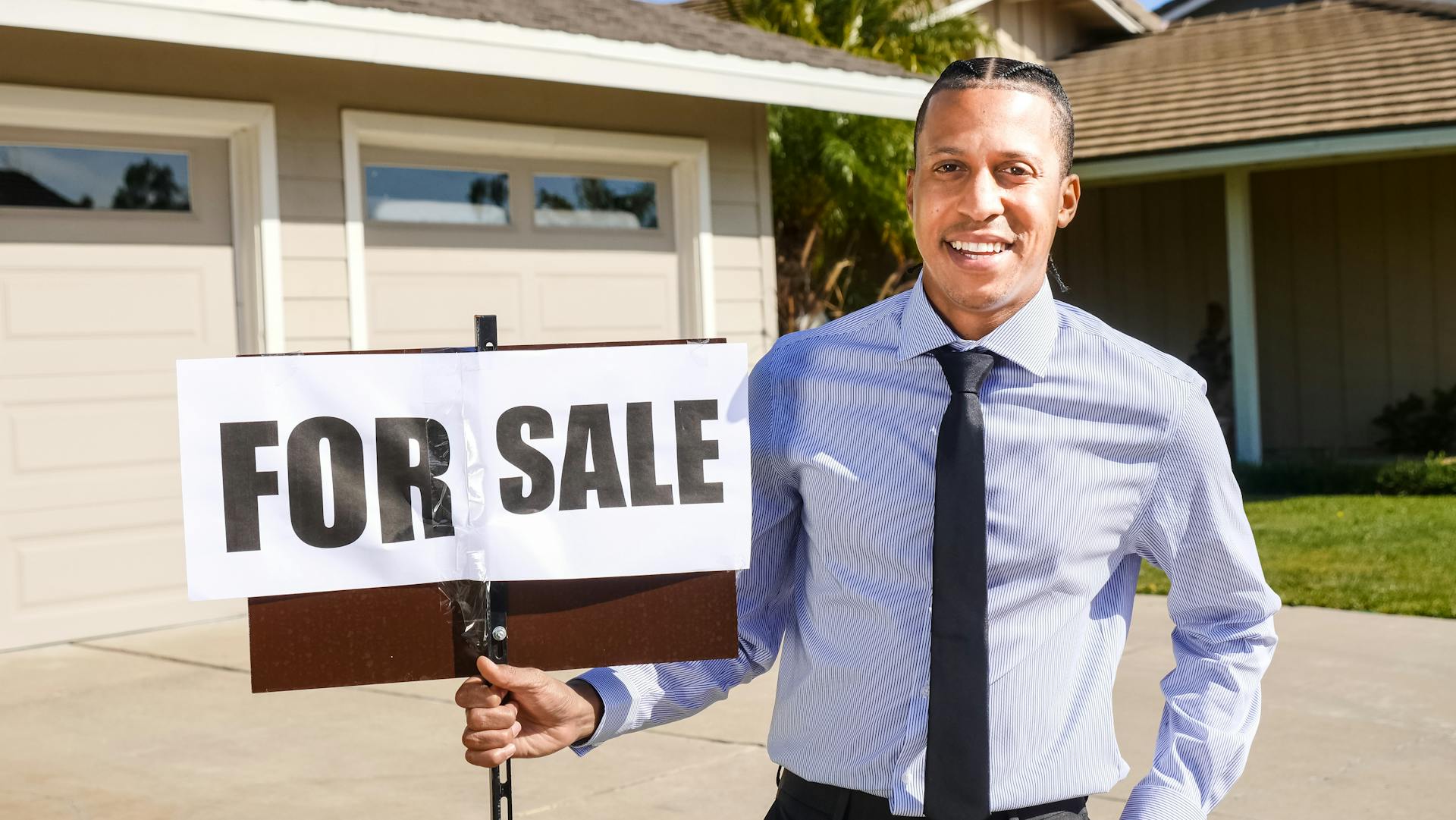
A well-thought-out plan should include your goals, budget, property criteria, renovation strategies, real estate marketing and sales plans, and projected timeline. This will help you make informed decisions and avoid costly mistakes.
Understanding property values and construction costs is essential to setting a realistic budget. You must do careful preliminary research and due diligence to ensure you're making a smart investment.
Your budget limitations will impact your property acquisition and renovation plans, so it's essential to clearly understand how much money you can allocate to your house-flipping venture. Determine how much money you can allocate, considering your own funds, potential loans, or partnerships for financing.
A strict budget will help you stay on track and avoid overspending. Remember to stick to your budget and make adjustments as needed to ensure the success of your project.
Suitable Properties
Finding the right property is crucial to a successful house flip. Suitable properties are those that align with your investment criteria and have potential for improvement and appreciation.
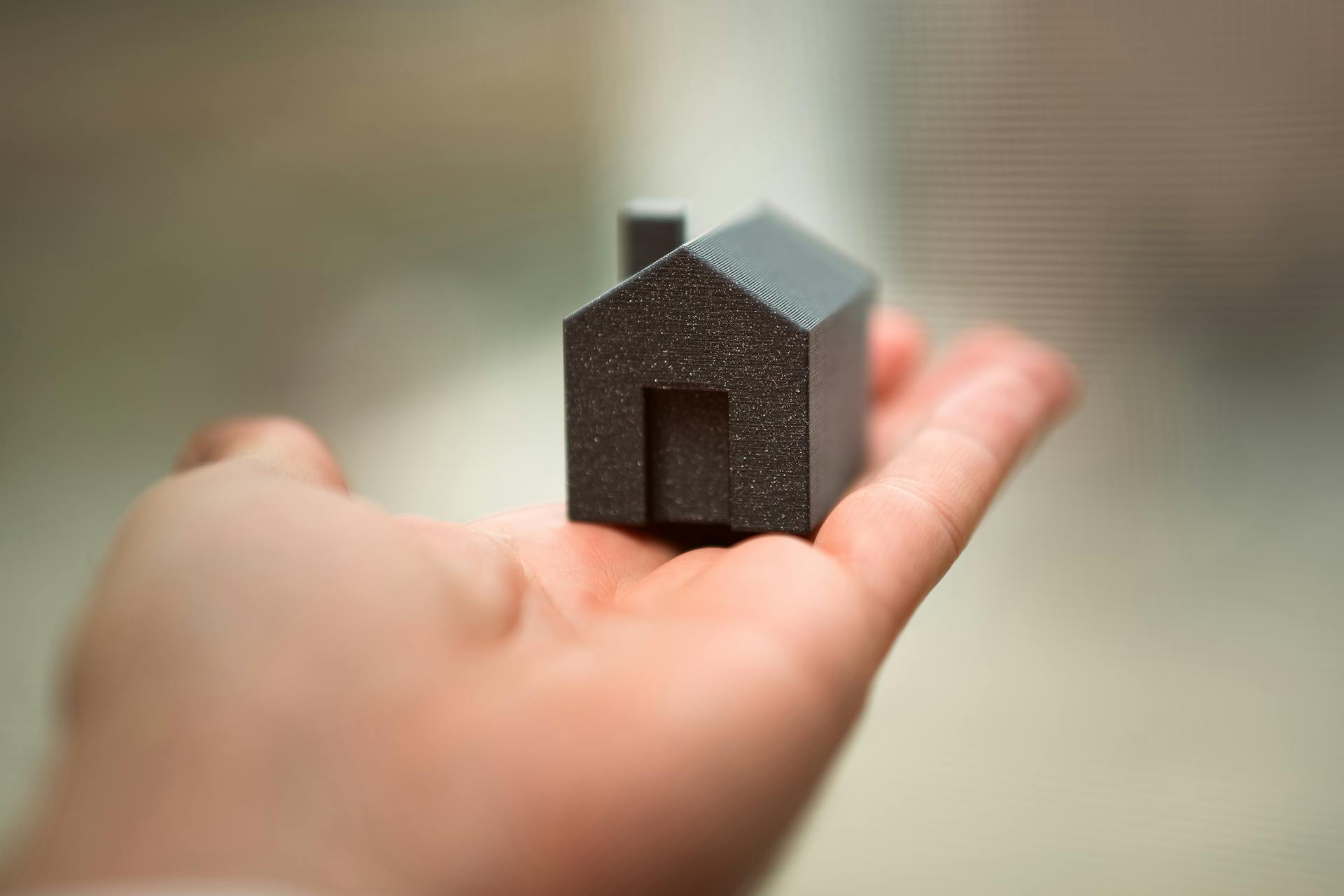
Properties in less desirable condition but in good locations typically make good candidates for house flipping. These homes can usually be bought at lower prices, renovated, and then sold to potential homeowners looking for move-in-ready homes in good neighborhoods.
To find suitable properties, you should search multiple channels, including online listings, real estate agents, auctions, foreclosure databases, and direct marketing.
Here are some key factors to consider when evaluating a property:
- Location: Look for properties in good locations with potential for appreciation.
- Condition: Consider properties that need renovation or repair.
- Price: Look for properties that can be bought at a discount.
- Potential: Consider the potential for the property to increase in value.
You can find suitable properties by driving for dollars, walking through neighborhoods, or searching online listings. Networking with other real estate professionals, wholesalers, and contractors can also provide valuable leads.
In terms of budget, you should determine how much money you can allocate to your house-flipping venture. Consider your own funds, potential loans, or partnerships for financing. It's essential to clearly understand your budget limitations and how they will impact your property acquisition and renovation plans.
By considering these factors and doing your research, you can find suitable properties that have potential for a successful house flip.
You might like: Landbank Properties
Property Inspection Schedule

Scheduling a property inspection is a crucial step in the property selection and renovation process. By hiring a property inspector, you can identify potential issues with a home, such as structural problems.
Inspectors will look for any mechanical or electrical problems, which can be costly to repair. This can save you thousands of dollars in the long run.
A property inspection can also give you a clear picture of the home's condition, helping you make an informed decision about whether to invest in the property.
A fresh viewpoint: Home Flipping Tips
Typical Duration
Flipping a house can take anywhere from 3 months to a year, depending on the scope of the renovations and the local real estate market.
The timeline can vary significantly, but 3-12 months is a common range for a successful flip.
A well-planned project with minimal renovations can be completed in as little as 3 months, but larger projects may take up to a year or more.
The key is to be realistic about the scope of work and the local market conditions to set achievable goals and timelines.
Calculating Profit

To calculate the potential profit from flipping a house, you need to consider the purchase price of the property. Buying properties at a favorable price is crucial for profitability, so identifying undervalued properties and negotiating effectively is essential.
The sale price of the flipped property is a significant factor in determining profitability, so it's crucial to assess the local market accurately and set a competitive price. A good sale price can make all the difference in achieving a profitable flip.
Factors such as the purchase price, sale price, and costs associated with renovations and repairs will all impact your bottom line.
Here's an interesting read: Why Is My House so Hot with the Ac On?
Not Enough Time
Flipping a house can be a time-consuming process, taking months to find the right property. It's not just about finding a house, but also renovating it, which adds to the time commitment.
You'll need to give up personal time on demolition and construction if you have a day job, making it difficult to balance work and flipping responsibilities. Flipping houses requires a significant amount of time, even if you pay someone to do the work for you.
Suggestion: How Does Real Estate Crowdfunding Work
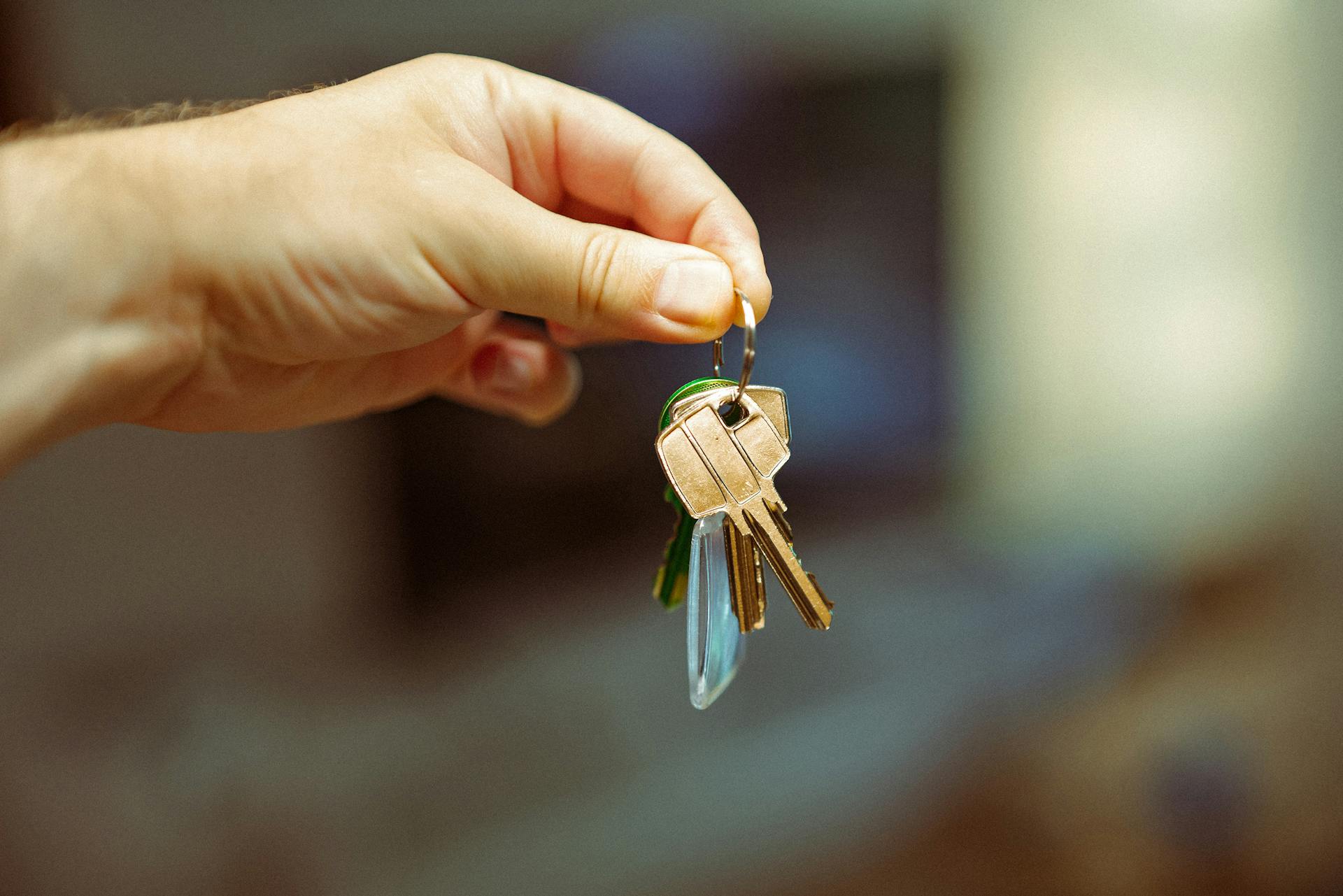
According to ATTOM Data Solutions, flipped homes accounted for 8.4% of all home sales in the United States in 2022. This is the highest percentage of flipped homes on the market since 2005.
Scheduling inspections to ensure the property complies with building codes can add to the time spent on flipping a house. You'll need to budget time for these inspections and any necessary repairs.
Selling the property also requires a great deal of time, whether you show it to prospective buyers yourself or use a real estate agent.
Intriguing read: Watch Flipped
Selling Price
The sale price of the flipped property is a significant factor in determining profitability. It's crucial to assess the local market accurately to set a competitive price.
Overpricing the property can impact profitability, so it's essential to get it right. Set an appropriate sale price based on market analysis.
Attracting potential buyers is also key to a successful sale. Utilize online listings, professional photography, staging, and open houses to showcase the property's features.
Working with a real estate agent can also help you navigate the sales process. Or, if you're feeling confident, you can consider selling the property yourself.
A different take: Flipping Houses for Sale
Profit Calculator

To accurately calculate profit, you need to assess the local market to set a competitive selling price for the flipped property. This is crucial because overpricing the property can impact profitability.
The sale price of the flipped property is a significant factor in determining profitability. It's essential to attract potential buyers and avoid difficulties in finding buyers.
Novice flippers can underestimate the time or money required to flip a house, which is why it's crucial to understand what it takes and the risks involved. This includes being realistic about your skills and knowledge.
To evaluate profitability, consider factors such as the sale price, purchase price, renovation costs, and holding costs. These factors will give you a clear picture of your potential profit or loss.
Making a nice profit quickly by flipping a house is not as easy as it looks on TV. It takes careful planning, execution, and a deep understanding of the local market.
A unique perspective: Definition of Profitability Index
Frequently Asked Questions
What is the 70% rule in house flipping?
The 70% rule in house flipping is a guideline that advises investors to pay no more than 70% of a property's after-repair value minus renovation costs. This rule helps flippers determine a fair purchase price for a fixer-upper property.
What is the house flipper 70% rule?
The 70% rule is a guideline for house flippers to ensure they don't overpay, where they should spend no more than 70% of a property's potential value after repairs minus the repair costs. This rule helps flippers avoid financial losses and make informed investment decisions.
How risky is real estate flipping?
Real estate flipping carries a significant risk of financial loss, as the potential for quick profits is matched by the potential for quick losses. Proceed with caution and thorough research to minimize risks.
Featured Images: pexels.com


